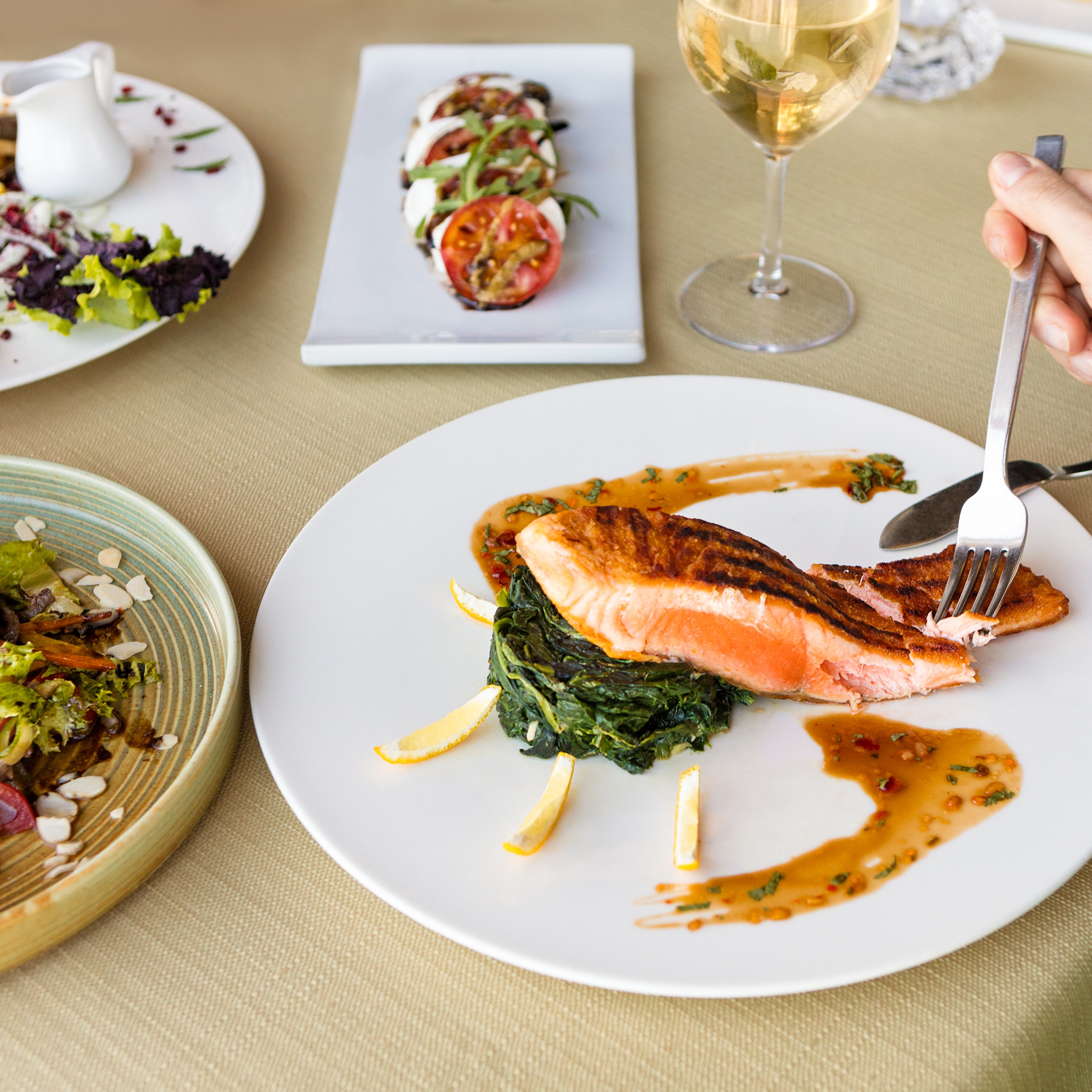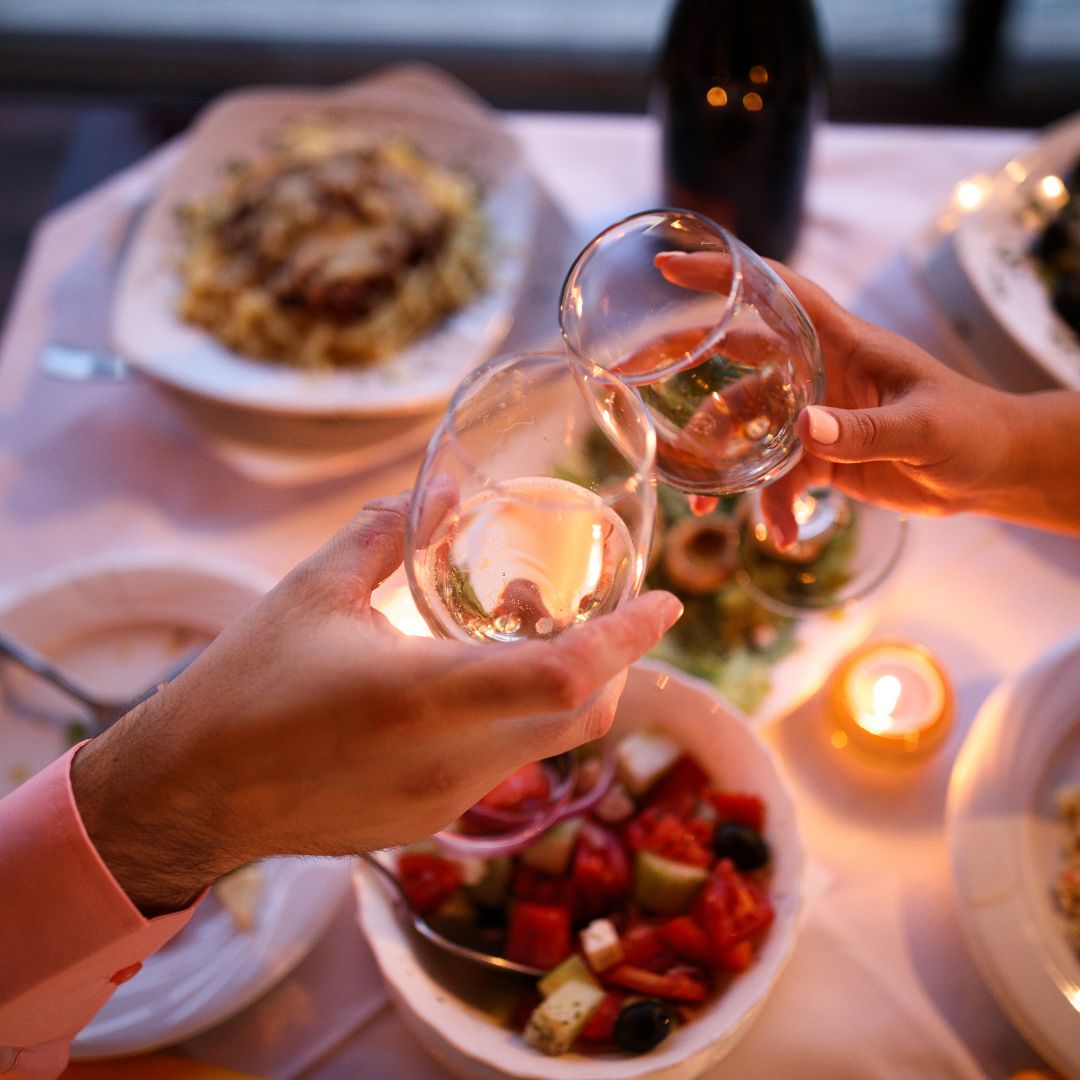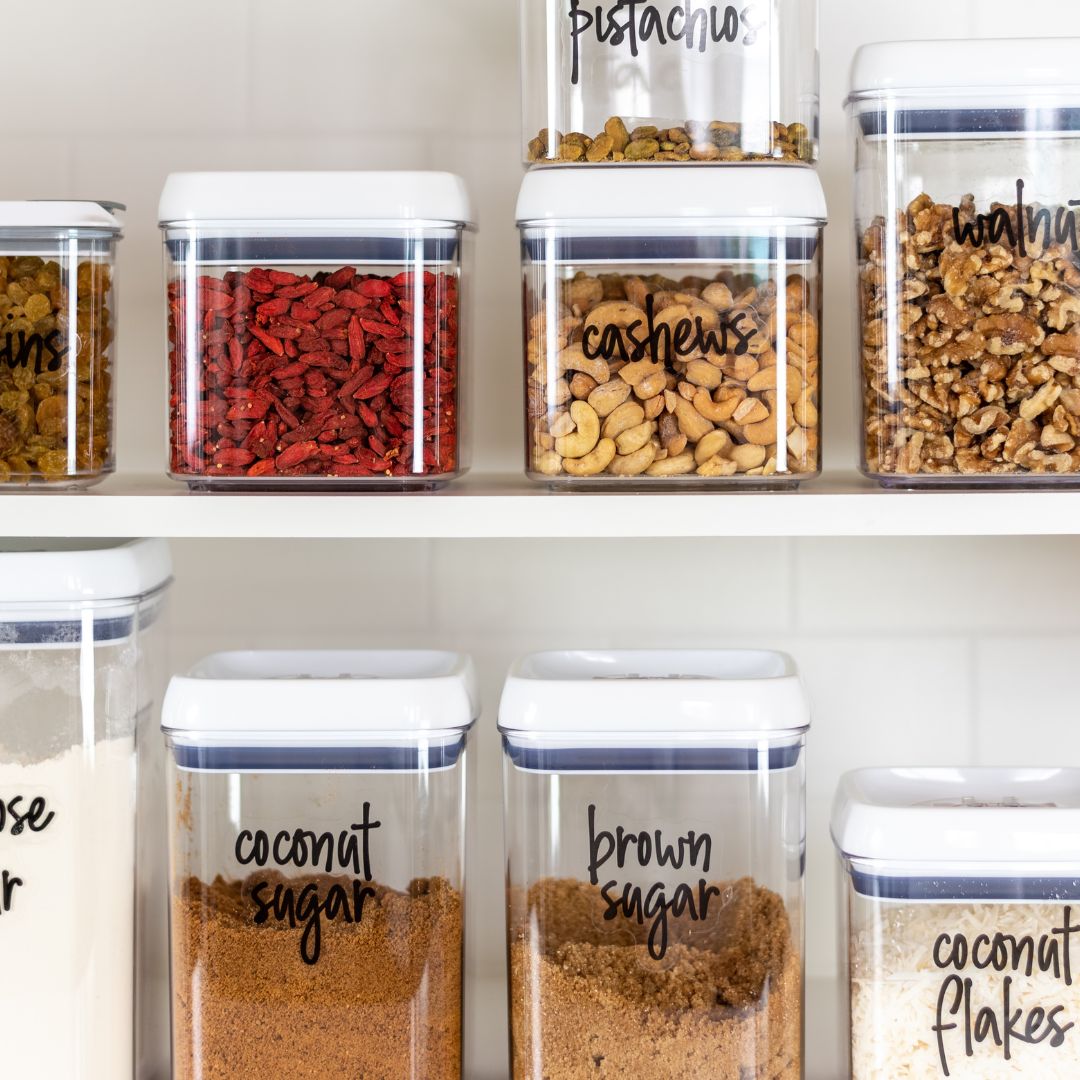Molecular gastronomy, the science of food
2023. 02. 08.

What is the essence of molecular gastronomy?
The goal of molecular gastronomy is to get to know the processes taking place in the kitchen scientifically, and to create explosive flavors and exciting textures with the effective use of knowledge. In short, we cook using natural science knowledge. Because in order for this to work, a combination of physics, chemistry, and biology must be used: all this is experimentation, and for gastronomic purposes. Because the subject of the investigation is the food itself. Examining flavors and textures, discovering what molecules are behind each process. What are the flavors and how can we modify them. However, molecular gastronomy is not only about this. Experimenting with textures is also an important and exciting part of this trend. By learning the conditions that cause texture changes, we can create new dishes.
A brief history of molecular gastronomy
Like any other trend, molecular gastronomy also has a past, as the idea did not come about overnight, some people did not suddenly start thinking about food and cooking in a different way than before.
How did it start?
The great predecessors are those who have already started to be interested in the composition of food in some form, for example Jacques Thenard, who discovered the high nutritional value of potatoes, or Michek Chevreul, who discovered the chemistry of fats. They created in the 18th and 19th centuries. The breakthrough was of course brought about by modernization, as science, its motivations and tools also began to change. Finally, the age of mass production had an effect on the kitchen becoming scientific. The needs have changed and we had to adapt to them. But this also applied more to the food industry than to cooking and gastronomy itself. For example, the research of Albert Szent-Györgyi was also published in the 20th century. In the end, a Hungarian researcher was again needed in order for something to happen in the kitchen as well. He was Miklós Kürti.
The real breakthrough: Miklós Kürti
The Hungarian-born Miklós Kürti attended university between the two world wars, the Sorbonne, then Frigyes Vilmos University in Berlin, and finally taught at Oxford after receiving his doctorate. He dealt with the physics of low temperatures and its application. In 1969, he gave a lecture on gastronomy for the first time at the Friday Evening Debates program of the Royal Institution in London. He showed how physics and chemistry work in cooking and baking. For example, the temperature of an inflated intestine was measured while it was cooking, or pineapple juice was injected into the meat, because the proteotic enzyme breaks down the protein molecules, thus softening the meat. The topic captivated the physicist, and not long after, the organization of the Molecular and Physical Gastronomy Conference followed. Nowadays, molecular gastronomy, i.e. the science-based approach to cooking, has become part of professional gastronomy.
Tools and everyday tips
For example, confit, i.e. slow and low temperature cooking, was also included in Kürti's presentations. Today, it is a routinely used kitchen procedure that most cooks know. But for this, the renaissance of slow cooking had to arrive, which required the emergence of molecular gastronomy and a professional approach to cooking. But the situation is similar with suvidation.
Today, not only do you not have to be a scientist to be suvid, but you don't even have to be a sous chef or a chef. You can already use professional technologies at home, of course with professional tools. For example, such a Maxima sous-vide machine, or just such a device.
Sources:
 Австрия
Австрия
 Белгия
Белгия
 България
България
 Германия
Германия
 Гърция
Гърция
 Дания
Дания
 Естония
Естония
 Ирландия
Ирландия
 Испания
Испания
 Италия
Италия
 Латвия
Латвия
 Литва
Литва
 Люксембург
Люксембург
 Полша
Полша
 Португалия
Португалия
 Румъния
Румъния
 Словакия
Словакия
 Словения
Словения
 Унгария
Унгария
 Финландия
Финландия
 Франция
Франция
 Холандия
Холандия
 Хърватия
Хърватия
 Чешка република
Чешка република
 Швеция
Швеция




